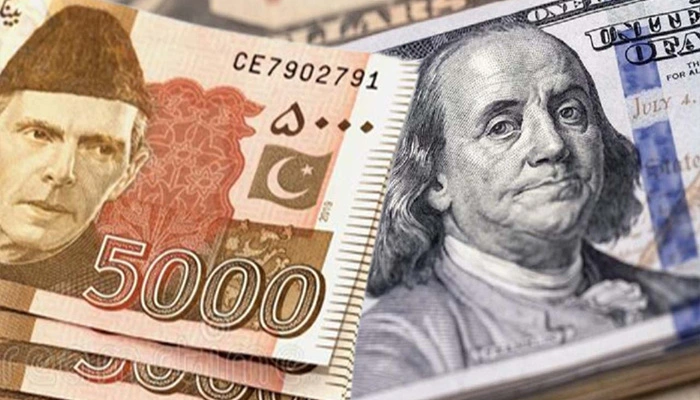
The Pakistani rupee weakened marginally against the US dollar on Tuesday. The currency depreciated by 0.03% in the inter-bank market, closing at 277.95, a loss of Re0.09 from Monday’s value of 277.86, according to the State Bank of Pakistan (SBP).
Globally, the Japanese yen showed signs of recovery, strengthening to 154.40 per dollar after briefly falling below 155 on Monday. This improvement followed a pullback in the US dollar as investors engaged in profit-taking after its recent rally to a one-year high.
Bank of Japan Governor Kazuo Ueda’s remarks during the previous session, which lacked hints of a potential interest rate hike in December, contributed to earlier weakness in the yen.
Gold Prices Hit Rs 273,500 per Tola Amid Global Market Rally
Meanwhile, the broader market saw the US dollar retreat from last week’s peak against a basket of currencies. The dollar has climbed over 2% this month, driven by expectations of slower Federal Reserve rate cuts and anticipated inflationary effects of President-elect Donald Trump’s proposed economic policies.
Oil Prices Drop Amid Market Volatility
Oil prices, a crucial factor influencing currency markets, declined on Tuesday. The resumption of production at Norway’s Johan Sverdrup oilfield, the largest in Western Europe, pressured prices.
Brent crude futures fell by 45 cents (0.6%), settling at $72.85 per barrel. Similarly, US West Texas Intermediate (WTI) crude futures declined by 46 cents (0.7%), closing at $68.70 per barrel.
Despite this dip, investor caution over potential escalations in the Russia-Ukraine conflict limited further declines. An earlier outage at the Johan Sverdrup field on Monday had temporarily boosted oil prices by over 3%.
Economic Implications
The slight depreciation of the rupee underscores the currency’s sensitivity to global economic factors, including oil prices and international currency movements. A weaker rupee increases the cost of imports, especially for energy products, and adds pressure to Pakistan’s already fragile economic situation.
Investors are also closely monitoring global markets for any significant shifts in US monetary policy, as these can directly impact currency parity.
Follow Day News on Google News, Instagram, YouTube, Facebook, Whats App, and TikTok for latest updates
